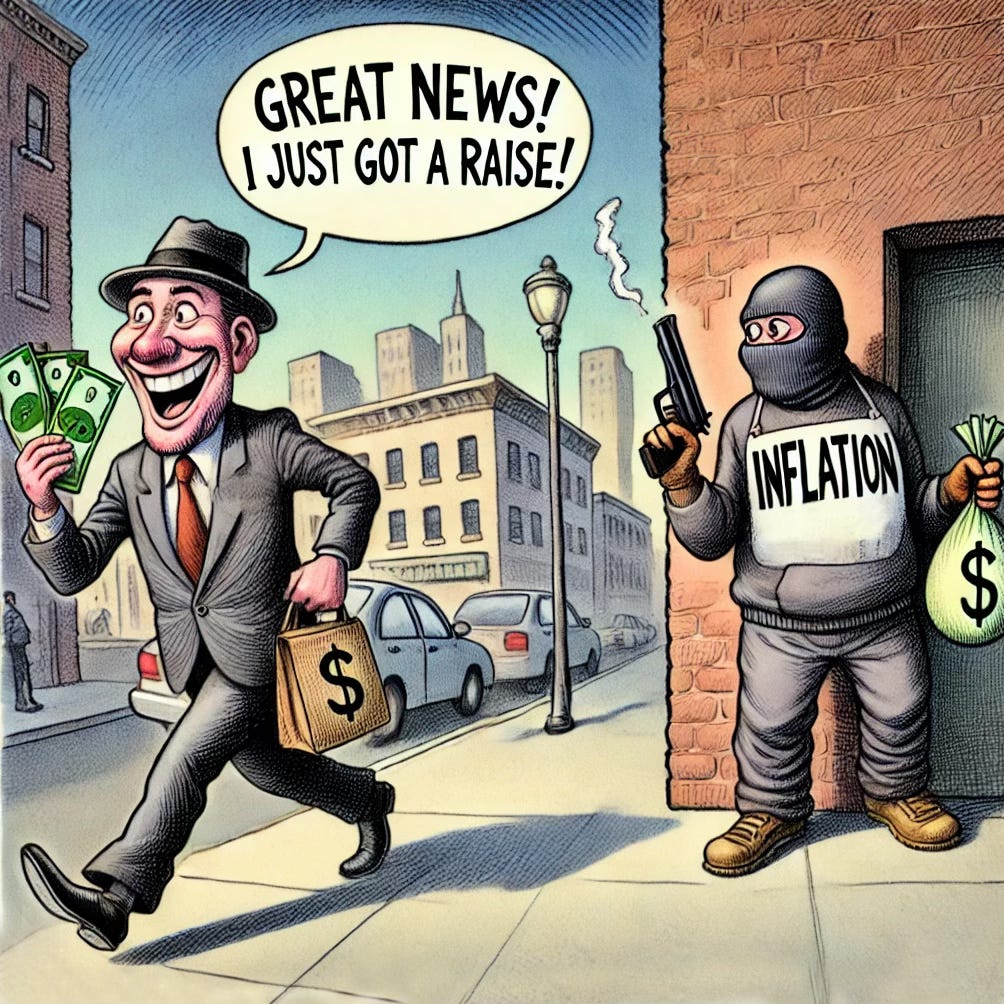The cost of things in America
Five charts to start your day
When most people watch the evening news and hear that inflation has gone up or down, they often do not fully understand what it really means. We tend to make simplistic connections to our daily lives – such as noticing that a staple item in our weekly shop has become more expensive. Yet, inflation is supposed to represent a general increase in the prices of a hypothetical “basket” of goods and services. This definition was instilled in me nearly 20 years ago when I was an economics student.
However, I have never been completely satisfied with how inflation is used and discussed in the real world, because it relies on unrealistic averages of what people actually buy. It also masks crucial information about what is truly driving price changes in the first place. The standard explanation usually involves supply shocks (beyond our control) or demand-pull forces, which central banks attempt to manage by setting interest rates.



